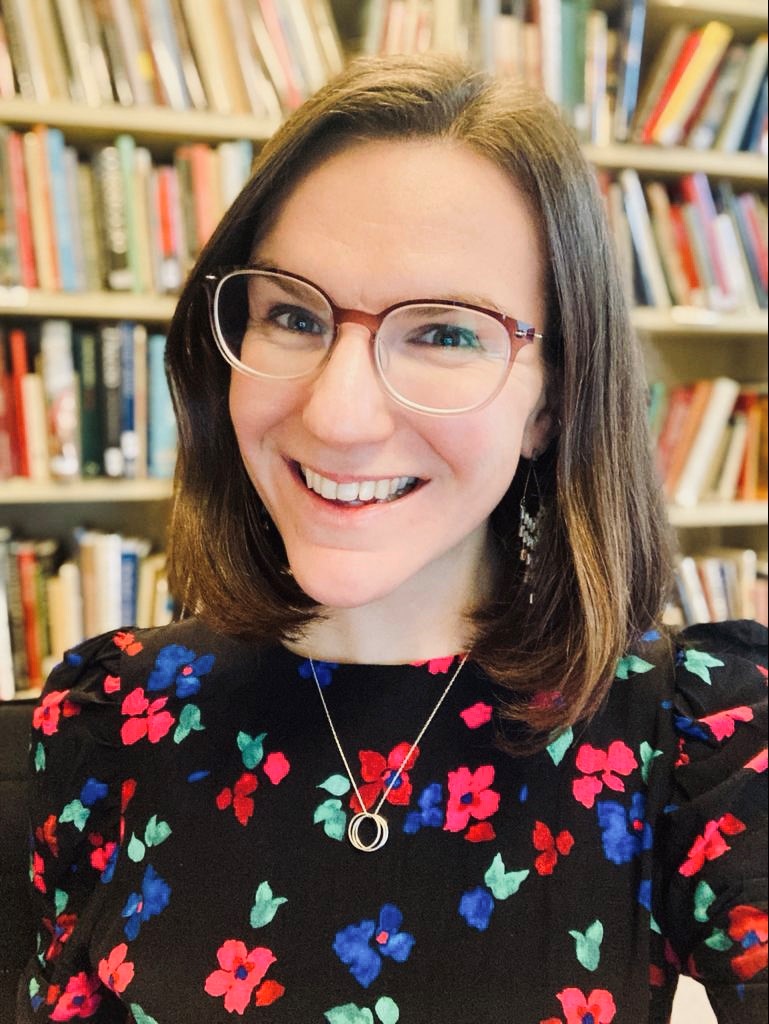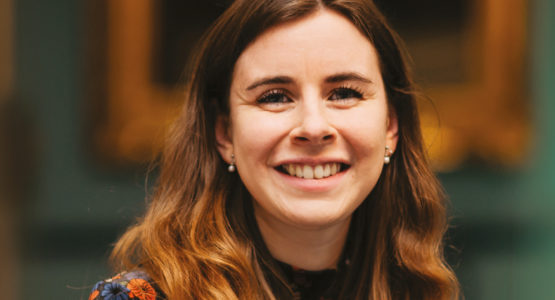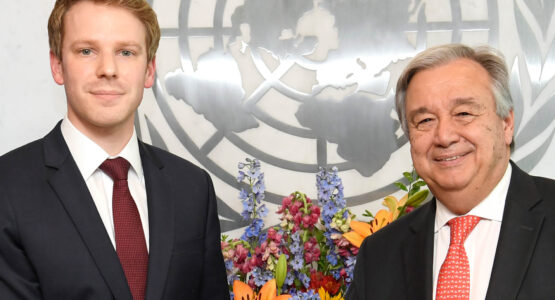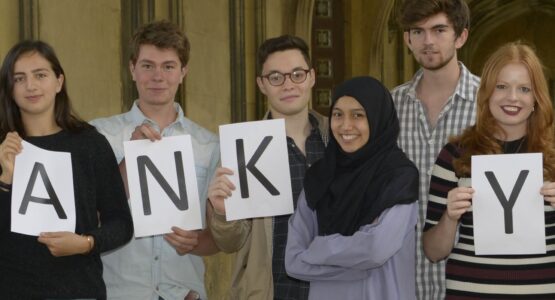Johnian magazine issue 53, autumn 2024
Rachel Peat Underhill: in a nutshell
Rachel Peat Underhill (2009) studied History at St John’s and has subsequently pursued a career in the heritage sector. She is now the Curator of Decorative Arts at the Royal Collection Trust. Her work spans 13 current and former royal residences as well as special exhibitions and publications. Rachel is also an active member of the Museum Ethnographers’ Group and Royal Studies Network, with research specialisms in British imperial history and the arts of Africa and Oceania.
My childhood dream was to be a Blue Peter presenter – but I’ve since realised that you can bring that kind of energy and creativity to all kinds of roles. Today, I’m an historian and curator, and I love making complex ideas about the past accessible and engaging. Gripping your audience is essential, whether you’re a TV presenter or an academic.
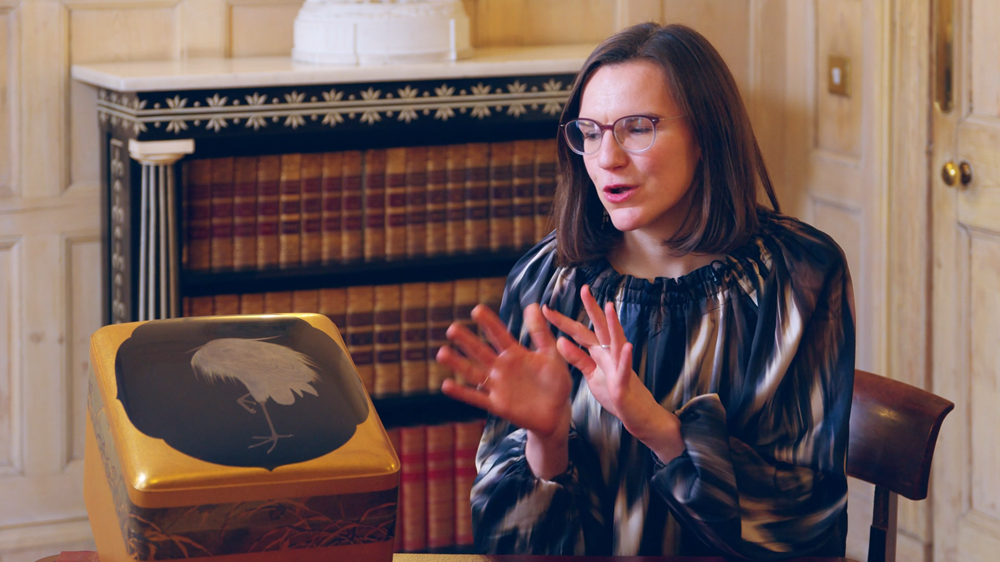
I chose Cambridge because the History Tripos is so varied, and St John’s because the library was especially inviting. The free laundry may also have had some influence!
I loved the Tripos and was Secretary of the St John’s History Society, getting to meet some of my academic heroes as part of our busy lecture programme. After graduating I considered various MPhil degrees, but instead opted for two years on Accenture’s intensive management consulting graduate programme. The corporate world wasn’t for me, but I was so glad to gain business skills which have been worth their weight in gold ever since.
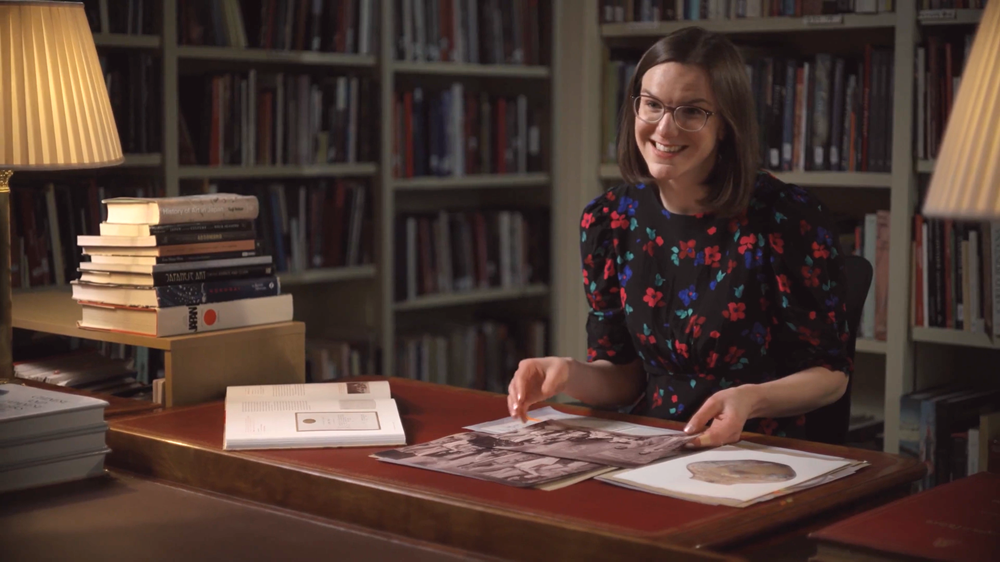
Following an MA in World History, and enriching placements at English Heritage and other collections, I joined the curatorial section at Royal Collection Trust in 2015. The Royal Collection is breathtaking – one of the world’s largest and most important art collections, spanning over a million objects, from paintings, sculptures and furniture to jewellery and books. It’s a unique record of the personal tastes of British kings and queens over the past 500 years, held in trust by The King as sovereign for his successors and the nation. Today, it’s dispersed across 15 current and historic royal residences, including Windsor Castle and the Tower of London. Most are regularly open to the public.
People often ask me what a curator does. I tend to say it’s bringing a collection to life, for other people’s delight and benefit. You can’t have a curator without a collection – but it wouldn’t be meaningful without people to present it to either. My work involves researching historic artefacts – how they were made or acquired, and what their varied cultural and material meanings are. I use archives, scholarly literature and in-depth conversations with contemporary makers. These insights are presented in all kinds of ways – from conference papers and talks in our gallery, to exhibitions, short films and publications.
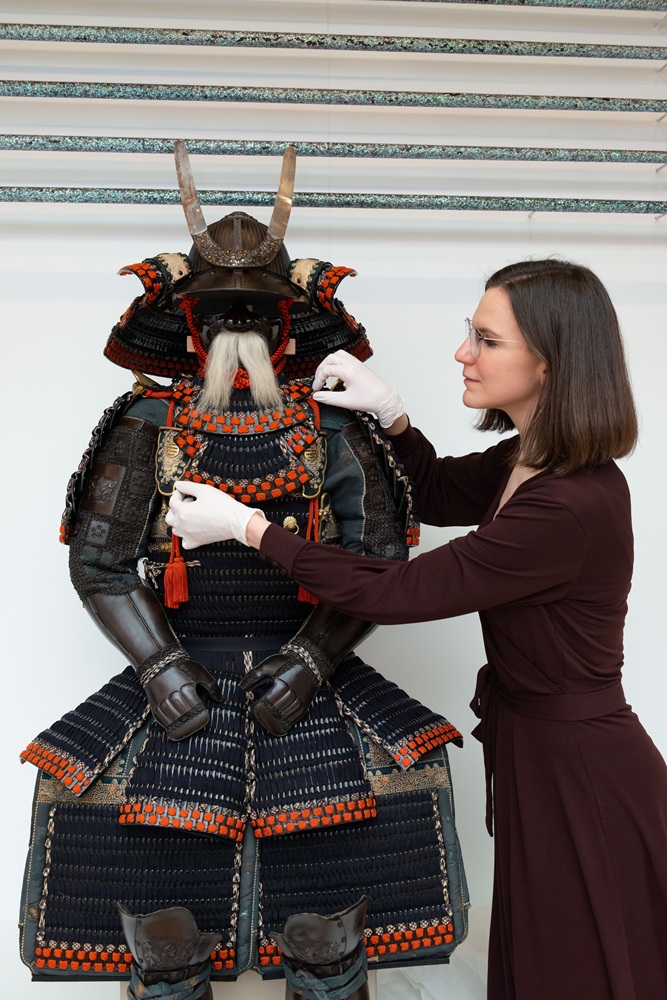
A recent highlight for me was curating our major three-gallery show, Japan: Courts & Culture at The King’s Gallery, Buckingham Palace, in 2022–23. It told the story of 350 years of royal and courtly exchange between Britain and Japan for the first time. I loved bringing this rich narrative to life in a visual way.
Today, I’m especially involved in improving museum practice across the sector. I’m a member of the Museum Ethnographers’ Group and work closely with colleagues from the National Trust, English Heritage and Historic Royal Palaces to consider how global artefacts can be sensitively catalogued, interpreted and displayed. The world has always been ‘globalised’ – so tracing and strengthening these connections is a particular delight.
If I could give a piece of advice to my 16-year-old self, I’d say: providence can only be appreciated with hindsight, so don’t worry about trying to make sense of everything in real-time.
Written by
Rachel studied History at St John’s, followed by a Master of Arts in World History and Cultures at King’s College London. After a brief stint as a management consultant, she began working in the heritage sector. She now works as Curator of Decorative Arts at the Royal Collection Trust. Rachel is also an active member of the Museum Ethnographers’ Group and Royal Studies Network.


